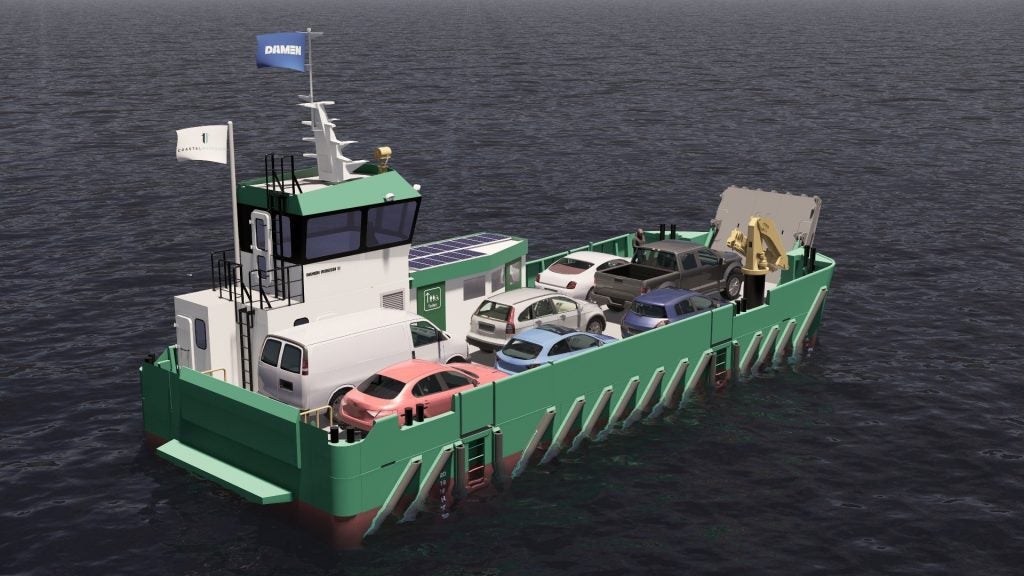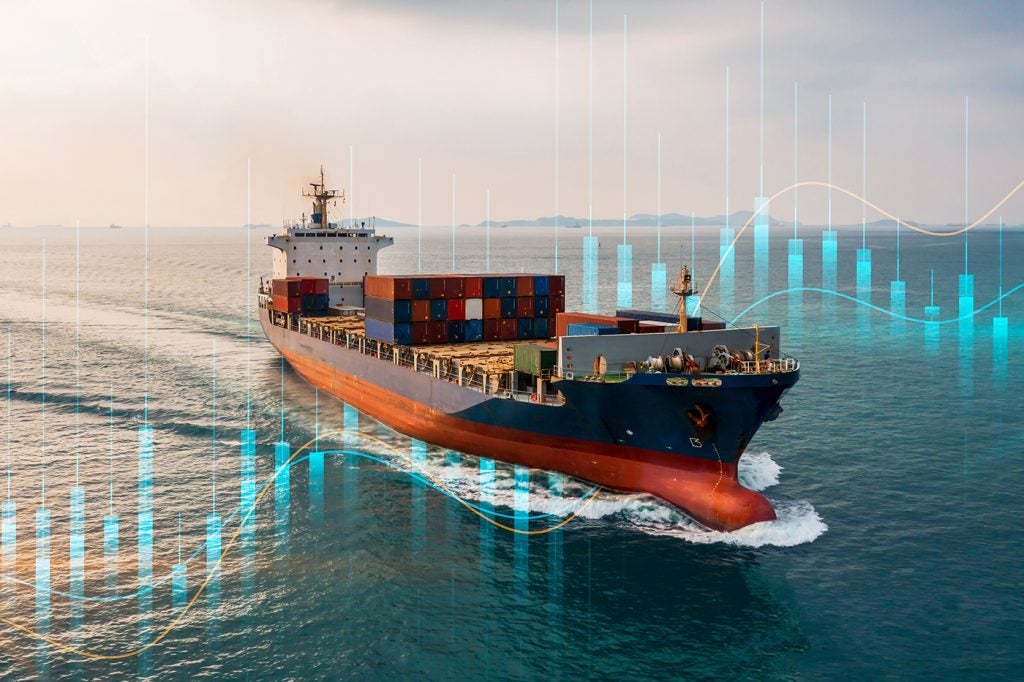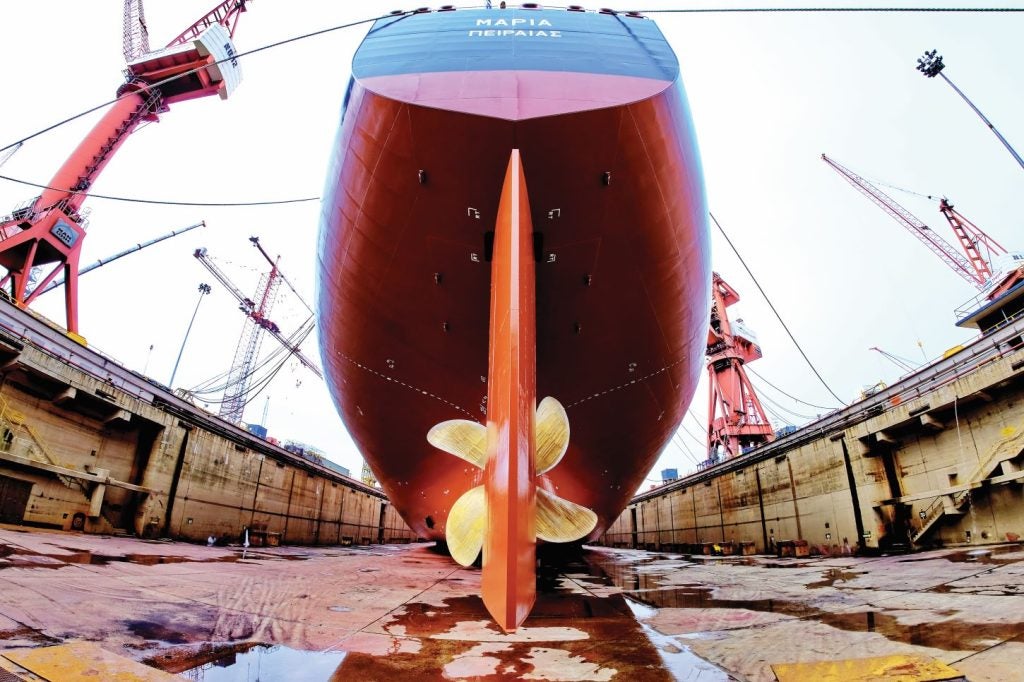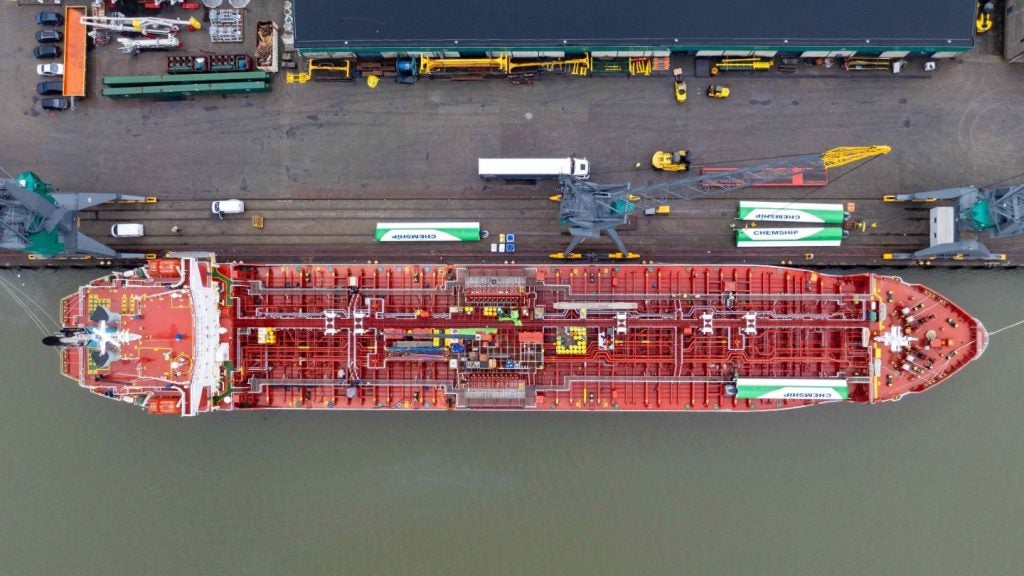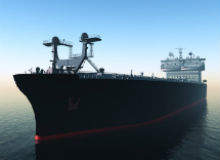

With the price of Brent crude stuck on the wrong side of $60 a barrel, the future may appear bleak for the global oil tanker industry as demand wanes and oil and gas threatens to tip into over-supply.
Instead, opportunities abound for ship owners and operators as the oil market enters a state known as ‘contango’, where the price of oil in the spot market trades below the price for future delivery.
Just last month, KPMG noted that September 2015 Brent crude oil futures were trading at a not inconsiderable $6.35 per barrel premium compared with the marks for February 2015.
In this climate, investors with access to offshore storage facilities are willing to pay tanker owners a premium to receive oil at a later date, guaranteeing profits for themselves and their shareholders.
“With an expectation that crude prices will rise in the future, the market is currently in contango and speculators are buying and storing crude to sell later at a profit,” confirms Matthew Jurecky, head of oil and gas research and consulting at GlobalData. “Oil futures contracts have higher settlement prices than the current spot rate, which means speculators can lock in these gains.
How well do you really know your competitors?
Access the most comprehensive Company Profiles on the market, powered by GlobalData. Save hours of research. Gain competitive edge.

Thank you!
Your download email will arrive shortly
Not ready to buy yet? Download a free sample
We are confident about the unique quality of our Company Profiles. However, we want you to make the most beneficial decision for your business, so we offer a free sample that you can download by submitting the below form
By GlobalData“It is a well-known arbitrage to take advantage of contango and, as a result, the oil storage market is getting tight. As cheaper onshore storage becomes less available, traders look offshore for storage, particularly towards very large crude carriers (VLCCs). This can push up charter rates for as ship operators capitalize on the increased demand – as long as traders are confident with the trade.”
Fair winds: tanker operators buoyant as market enters contango conditions
With floating storage facilities in demand, bunker fuel prices in decline – which translates into lower voyage operating costs – and the spectre of crude tanker overcapacity slowly receding, the oil shipping market appears to be recovering following one of the worst sector downturns on record.
Reuters reports that average earnings for supertankers reached over $83,000 a day in late January, not far off the peak of more than $120,000 prior to the 2008 slump in trade. Compare this with mid-2014, when tanker rates were so low that owners struggled to cover daily operating expenses of $20,000.
This, coupled with the steep market contango, has convinced several shipping operators to raise money via share issues on US stock markets, a sign that industry confidence is gradually returning.
“The sharp increase in tanker rates and voyage activity is likely to continue as OPEC members maintain their high production levels,” stated Tankships Investment Holdings Inc, a unit of DryShips.
“Should crude oil prices remain under pressure, the existing contango along the crude oil curve could widen and thereby increase oil stockpiling and the potential use of tankers for floating storage.
“Oil traders have already booked up to 20 tankers to store an estimated 40 million barrels of crude in floating storage, aiming to sell later on for a profit when prices rebound.”
However, with daily oil price fluctuations of up to 6% the new normal, Tankships sounded a note of caution, hinting that sky-high shipping charter rates cannot be taken for granted in the long term.
The $50bn Nicaragua Canal scheme promises to bring huge economic benefits to Central America’s poorest country.
“We believe we are well positioned to benefit from a recovery in the crude oil tanker market,” the company said in its share prospectus. “However, we cannot assure you that the tanker market will strengthen as we anticipate and charter rates may decline.”
Cautiously optimistic: the global crude tanker order book
Jurecky is also cautiously optimistic, citing overcapacity as a potential hurdle for manufacturers and operators as they look to take advantage of increased demand for new and second-hand vessels.
“With demand high for new-build tankers thus far in 2015, along with customers switching orders from other vessels into oil tankers – and fewer active tankers likely to be decommissioned or converted into other vessels – tanker operators are at risk of saturating the market,” he explains.
Research by Market Realist into the impact of global oil prices on the crude tanker industry appears to support Jurecky’s view. The study reveals that in January 2015 five-year-old VLCC prices increased to $80.7m, the highest level since August 2011, while the mark for a ten-year-old vessel increased to $52.8m. The price of a new-build VLCC, which can take three years to build, fell slightly to $96.4m.
Overall, the crude tanker order book, a critical industry yardstick that comprises the number of ships on order and those under construction, has increased to 66.3m deadweight tons and 747 vessels, further evidence that oil tanker companies are confident in future levels of supply and demand.
“Customers are switching orders from other vessels into oil tankers because of profits associated with contango and the storage of oil,” explains Jurecky. “In some cases, the originally intended vessels are associated with projects that are likely to be delayed in the low oil and natural gas price environment. For example, Daewoo Shipbuilding & Marine Engineering recently cited a customer who converted an order of two liquefied natural gas tankers into four VLCCs.
“Likewise, ship operators are interested in building new oil tankers or delaying decommissioning old tankers because freight rates for these ships are growing in response to the demand,” he continues.
“In some cases, tankers were being converted into FPSO units for upstream projects, but now many of the associated field developments have been delayed because of the oil price, and operators can make more money out of contracting the vessel as a tanker in the current market.”
Global outlook: US shale, China imports and the crude tanker market upturn
In summary, with the Brent crude price plummeting to below $50 a barrel at the time of writing, the oil shipping is experiencing a long overdue upturn as tanker operators cash in on a contango market.
The oil shipping industry also looks likely to weather the drop in import business that resulted from the US shale gas boom. President Obama’s goal of halving US oil imports by 2020 was achieved six years ahead of schedule. In the first seven months of 2014, US net crude and petroleum imports stood at an average of just 5.4m per day, a staggering 52% decline compared with 2008.
At first glance, this import decline is bad news for crude tanker companies. However, the numbers also reflect a significant surge in exports of US refined products, as US refiners look to exploit the cost advantage offered by lower-priced US crude to find new, potentially lucrative markets overseas.
In addition, exports from the Middle East and West Africa once destined for the US have instead made their way to China and India, routes that are longer and more lucrative for tanker suppliers.
Finally, with oil prices collapsing to under $46 at the beginning of 2015, the China is busy building up strategic reserves. According to The Financial Times, between January and November of 2014 China imported 6msix million barrels a day on average, up 500,000 barrels on the same period the previous year.
All this translates into profits for shipping operators, particularly on the key Middle East to Japan route, as evidenced by a flurry of deal-making between shipping firms and oil multinationals.
“Tanker rates have grown tremendously lately as a result of various deals,” says Jurecky. “Tsakos Energy Navigation recently signed a six-month contract with a major oil company to store crude oil on one of its VLCCs. Shell has signed at least three deals recently, with NGM Energy, Neda Maritime, and Pantheon Tankers for VLCCs, and BP and other supermajors have also signed similar deals.
“Traders will have already signed various contracts for VLCCs in anticipation. For example, Glencore has deals for tankers owned by Frontline and Koch with Windsor – and there are many others.”



